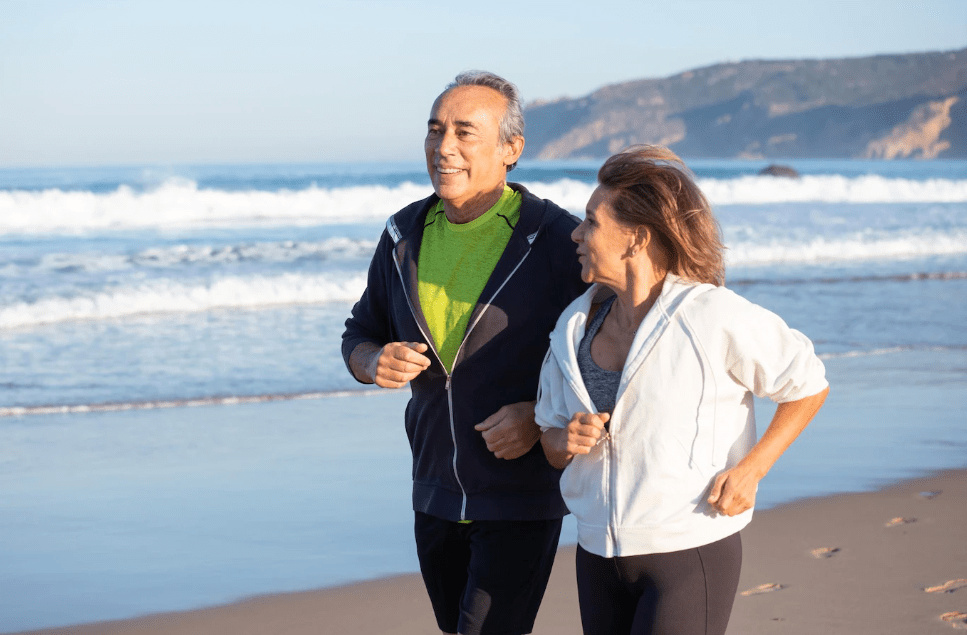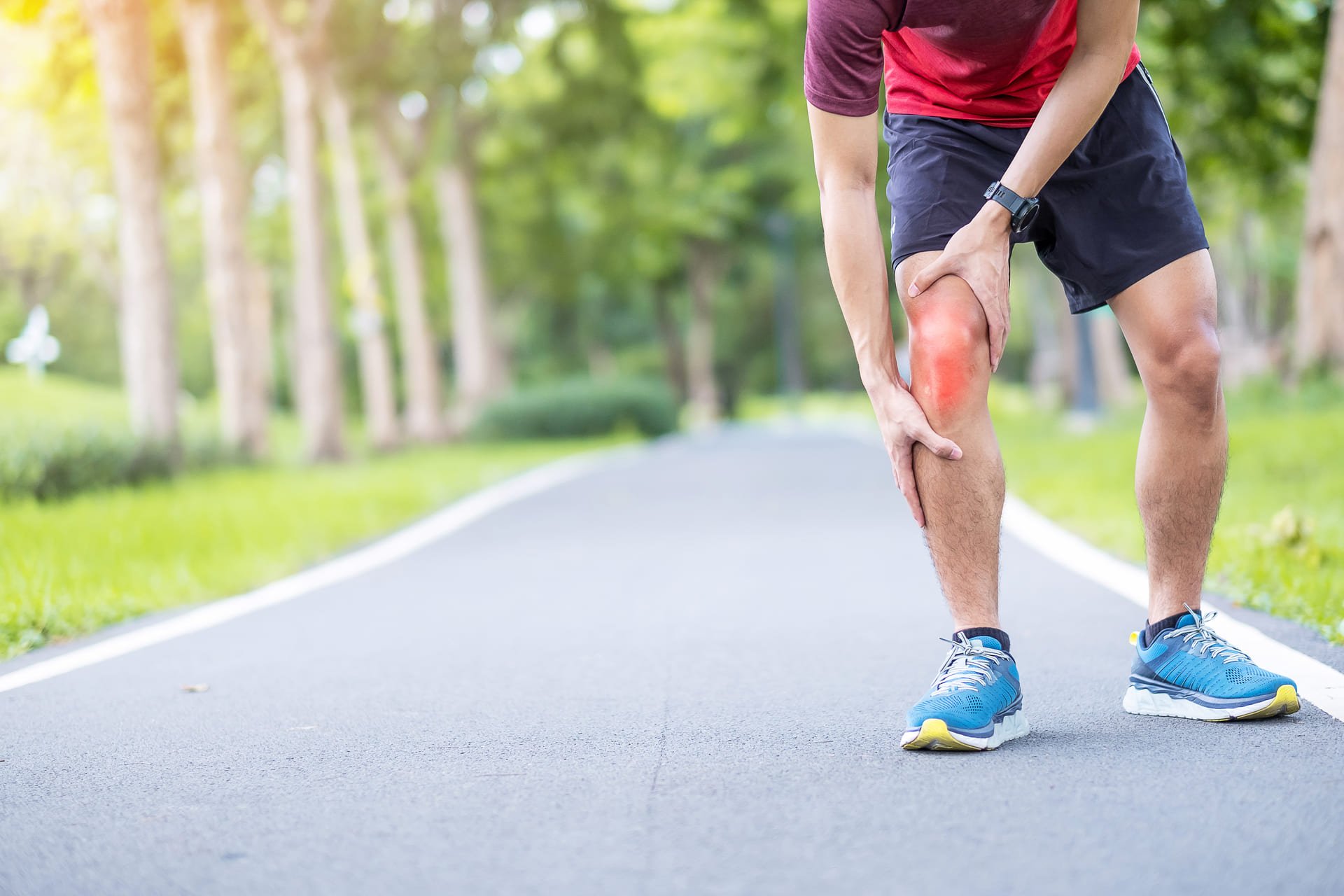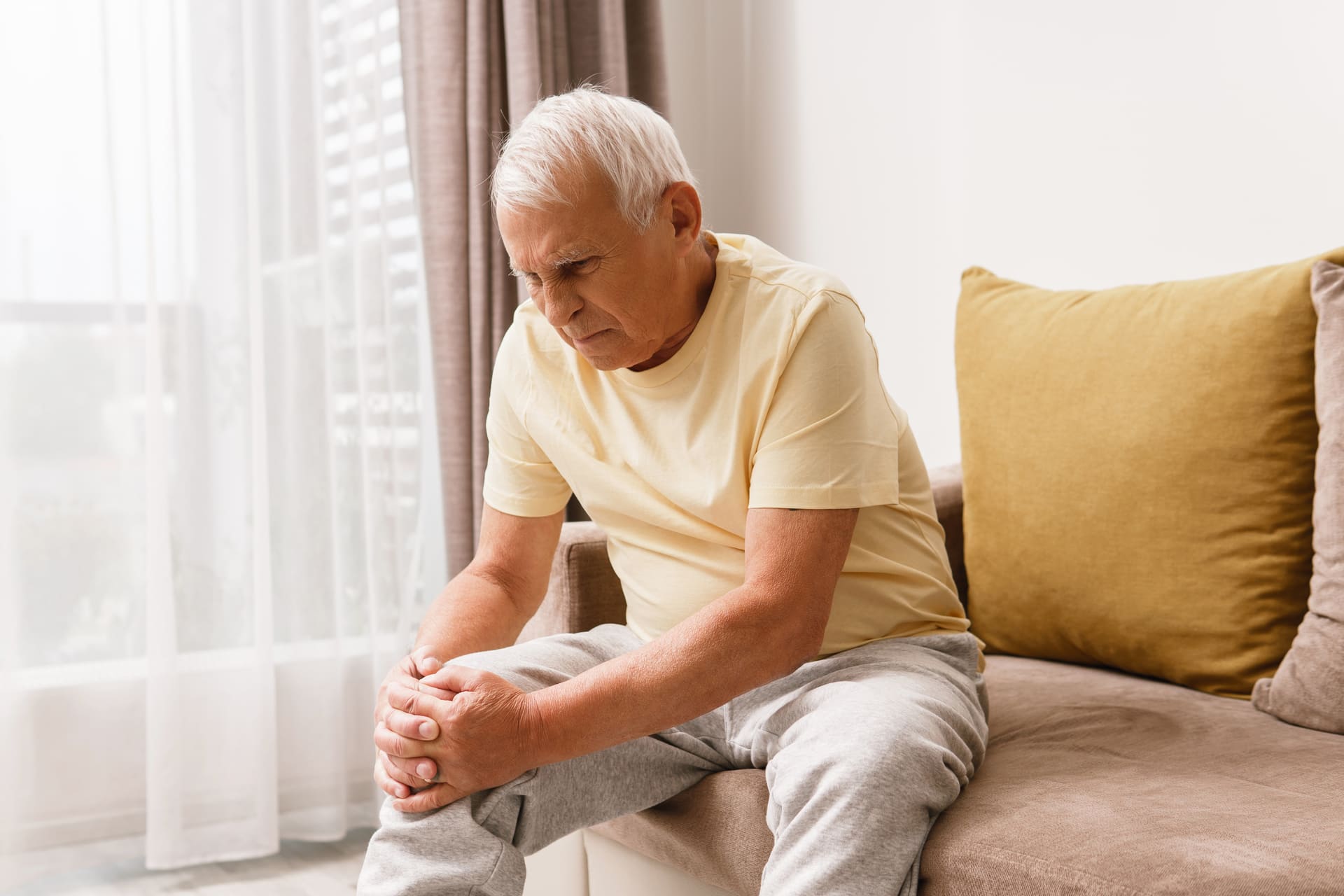
Running and Arthritis
Due to its inexpensive nature, accessibility, and perceived health benefits, running is one of the most popular recreational and competitive exercise activities. Unfortunately, Runners may acquire several types of injuries.
According to a systematic review on running injuries, the incidence of lower extremity injury varied from 19.4% to 79.3%. However, It’s a common misconception that running is bad for your knees.
A recent study that followed participants with arthritis in their knees over a 4 year period found that running did not make their arthritis symptoms worse and it also didn’t increase the signs of arthritis seen on x-ray. In fact, the participants in the study found that running helped their knee pain.
Another study that followed runners and nonrunners over an 18 year period also found that the runners did not show more signs of arthritis in their knees compared to the control group of nonrunners. This does not mean that everyone with arthritis will be able to run. All of us are built differently and our bodies react to exercise and running in very different ways. If you’re new to running, you have to give your body enough time to adapt to the new load that goes through your joints, muscles, and ligaments.
This takes time, but every time you do a session it stimulates your cartilage and bones, and muscles to
grow stronger. The older you are, the longer this adaptation can take. Osteoarthritis is part of the normal aging process in the body. It’s very similar to getting wrinkles. How well our joints age is to a large extent affected by our genetics, diet, and previous injuries that we may have sustained in the past.
If you have a bit of arthritis in your knees, you will just have to take it much easier when you first start running because your joints may take longer to adapt.
Strength training has also been shown to prevent running injuries in runners of all ages. Make sure that you include exercises for your glutes, hamstrings, quads, and calves. All runners need to have recovery days to allow their bodies to repair and adapt to the exercise they’ve done. The younger and fitter you are, the shorter the recovery period needed. As you get older the body naturally takes longer to repair itself. Doing other activities like swimming or cycling in between your running sessions can actually help your knees recover better which will help your running.
Also, One of the recommended options is to consume the right natural dietary supplements which can heal and regenerate the bone and muscles and keep them healthy beyond the daily wear and tear.
References
1. https://www.ncbi.nlm.nih.gov/pmc/articles/ PMC3535123/
2. https://www.sports-injury-physio.com/post/8-tips-for running-with-arthritis-in-your-knees


